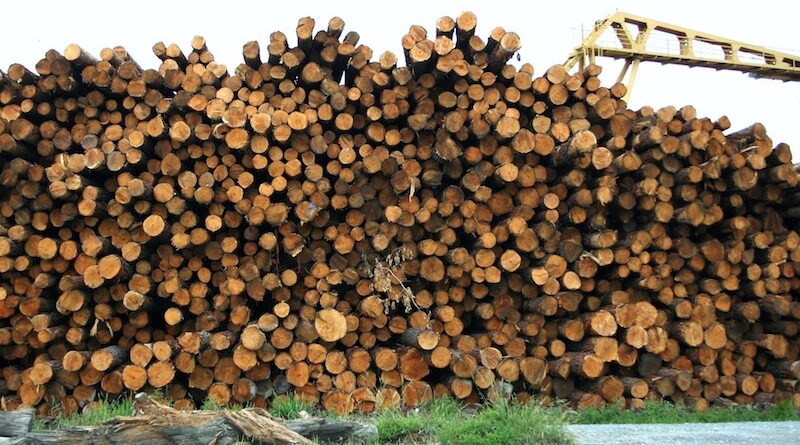Framing Lumber Prices
The NAHB provides insights into current U.S. lumber trends.
According to the National Association of Home Builders, the framing lumber composite price rose 1.6% during the week ending Aug. 16. After dropping to their lowest level since April 2020, lumber prices have now risen for five consecutive weeks.
NAHB continually tracks the latest lumber prices and futures prices, and provides an overview of the behaviors within the U.S. framing lumber market. The information is sourced each week using the Random Lengths framing lumber composite price which is comprised using prices from the highest volume-producing regions of the U.S. and Canada. A summary of other wood prices, including plywood prices, is included below.
Prices and Trends in the U.S. Framing Lumber Market
Summary of the week-to-week lumber prices and plywood prices for the week ending Aug. 16, 2024:
- The Random Lengths framing lumber composite price rose 1.6% from the previous week.
- Prices are up 7.8% in the past month, but they are still 7.6% lower than one year ago.
- The price of lumber futures rose 5.3%, trading at a premium of over $100.
- Prices are 0.8% higher than a year ago.
- The structural panel composite price rose 0.6% from the previous week.
- OSB prices declined 0.9%.
- Western Fir plywood prices rose 0.1%.
- Southern Yellow Pine plywood prices increased 2.8%.
Key Factors Influencing Lumber Prices
Softwood lumber prices have been especially volatile in recent years largely because of increased demand, rising tariffs, supply-chain bottlenecks and insufficient domestic production. To address the high prices for lumber, NAHB has advocated for the following actions:
- Negotiate a long-term deal with Canada to reduce tariffs and boost imported lumber.
- Increase domestic production by seeking higher targets for timber sales from publicly-owned lands and opening up additional federal forest lands for logging.
- Reduce U.S. lumber exports to China and other international clients.
- Seek out new markets to reduce our nation’s reliance on Canadian lumber imports and make up for our domestic shortfall.
- Identify new markets (besides Canada) and work with countries already exporting softwood lumber to the United States to increase their exports here.



